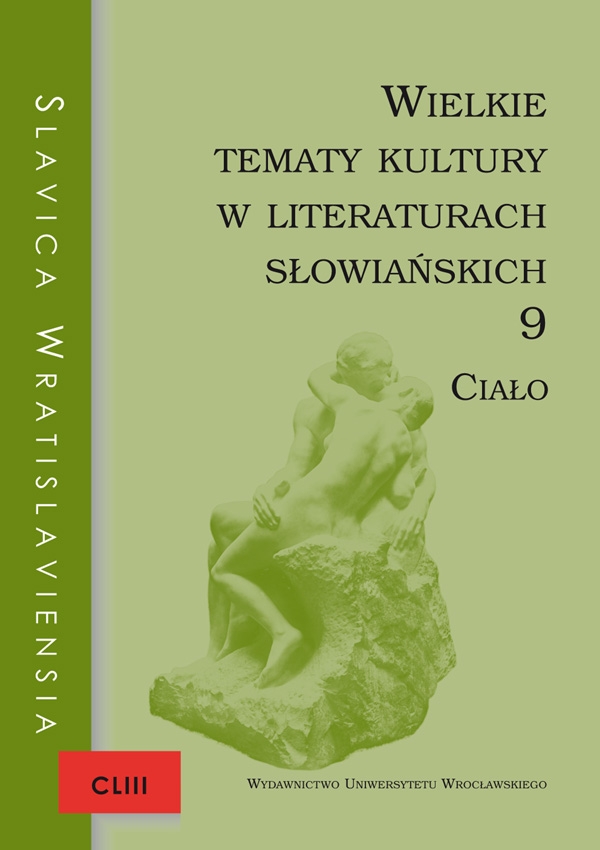

Статьи

The vision and symbolic dimension of feminine carnality in the poetry of Valery Bryusov. The body of mythical woman
In the article, two poems which have the same title Hymn to Aphrodite written by Valery Bryusov in 1912 and 1920 were analyzed and interpreted. The important place in both texts takes mythopoetical figure of the Greek Goddess of love and beauty. In the first poem the author shows Aphrodite as a sculpture made of white marble, which is a carnal human creature at the same time. Each element of her body is a sign: her eyes — watch and see, her lips — express the truth and prophesy, her legs — support the universe, her knees — demand a bow from a man. On the one hand Aphrodite-the Love has somatic dimension, on the other — under her carnal form the depth and mystical secret are hidden. The poet warns against the shallow sensual perception of love. In the second Bryusov’s text, Aphrodite as a personification of love/passion gathers the features of higher creature, and her body becomes the same as the body of the universe: it is scattered in the nature and gives it shape and form. The analysis of both poems written by the Russian decadent shows that it is through carnality that the motive of passion which is pivotal for the poet’s creation is realized. The passion is strong and at the same time tearful, but it is worthy of worship and respect.